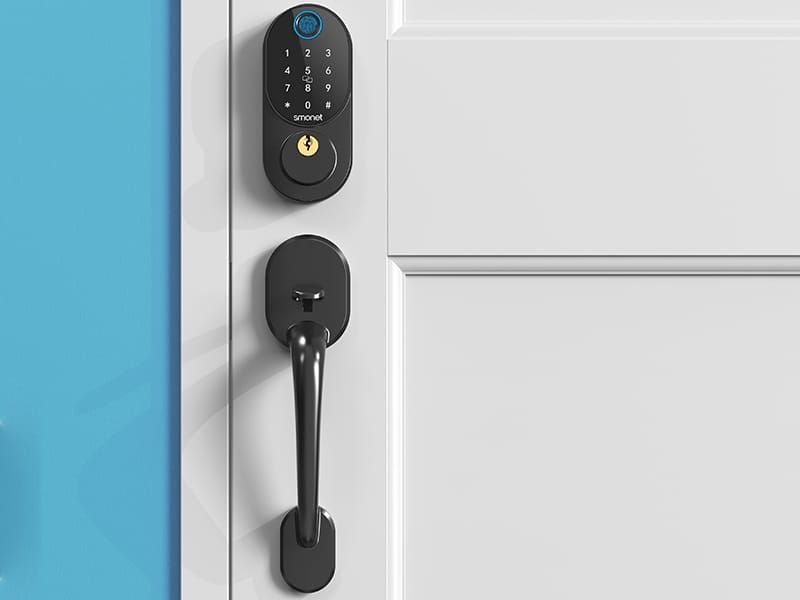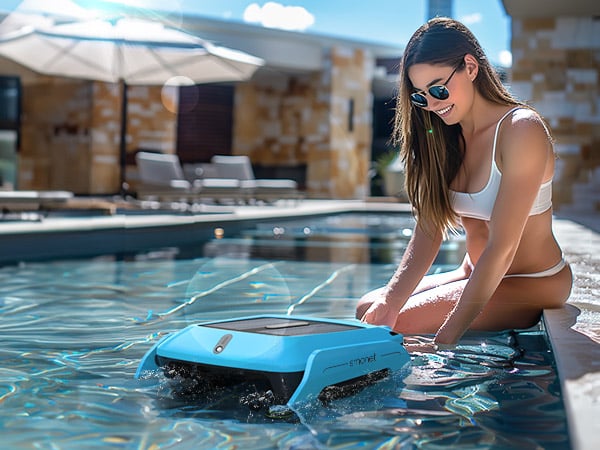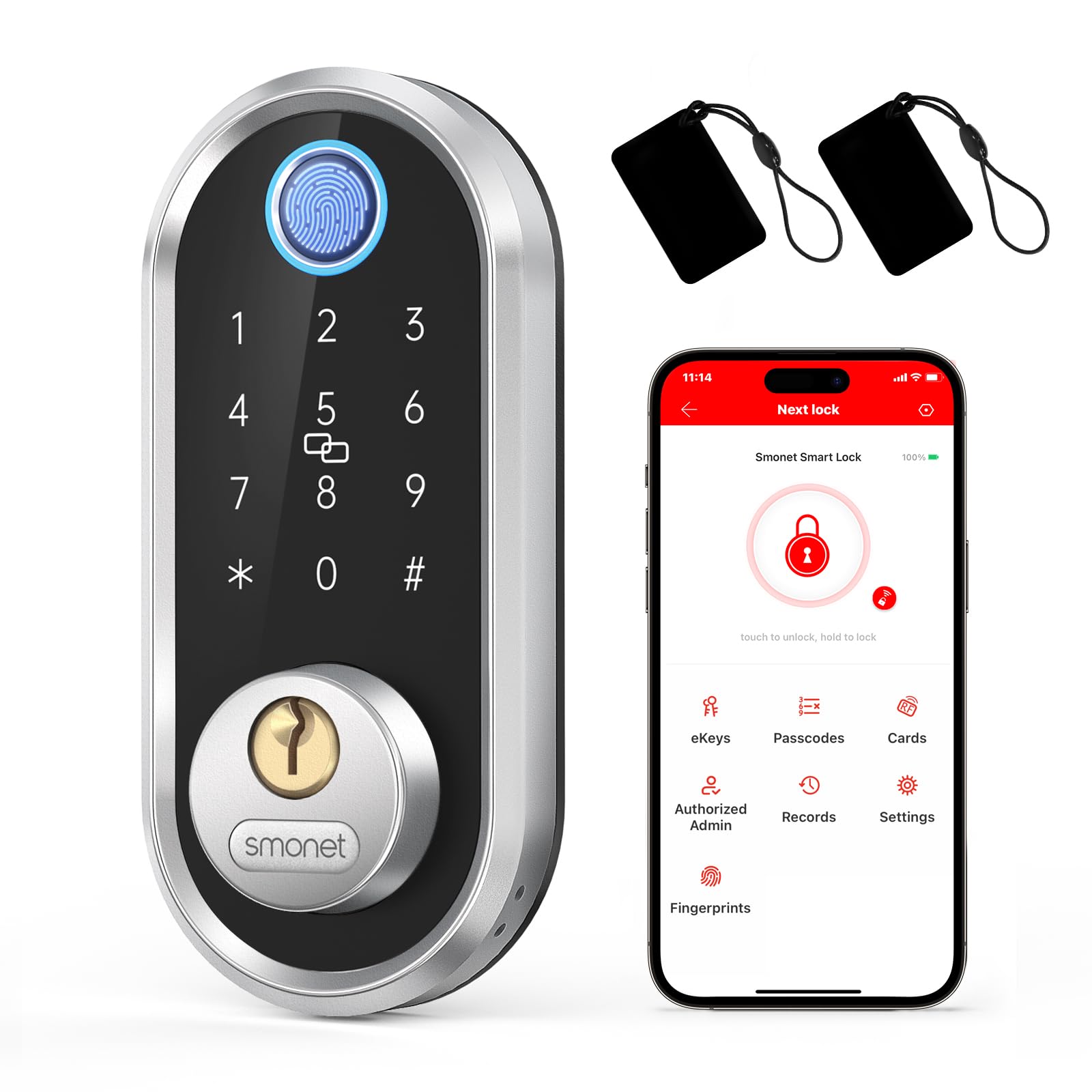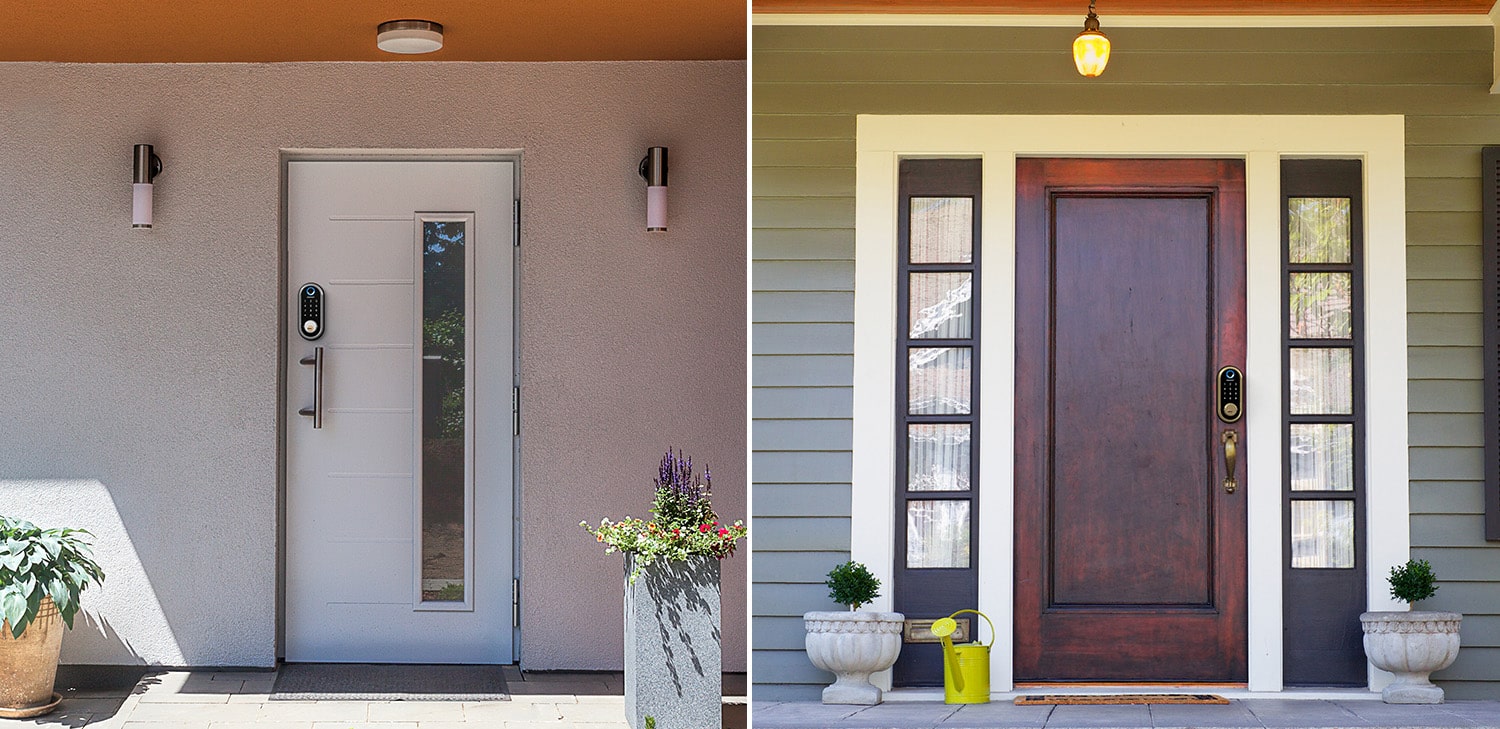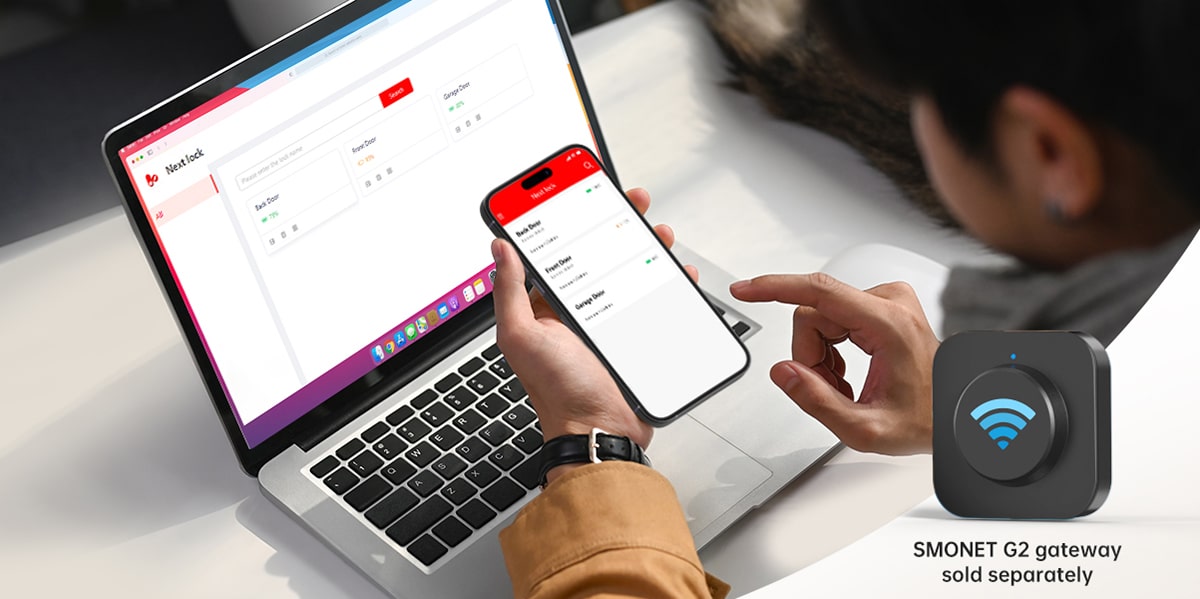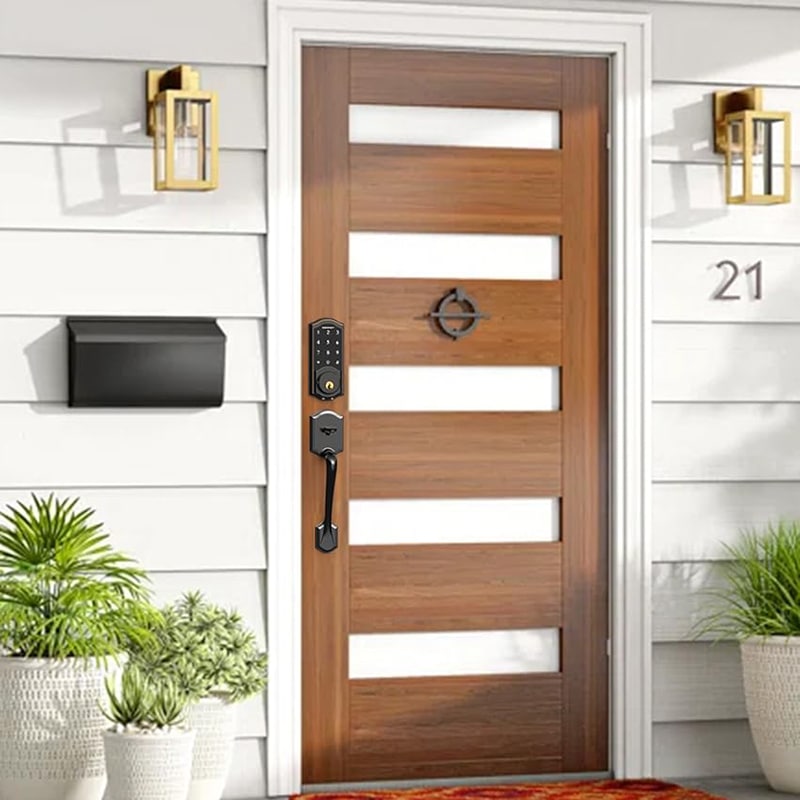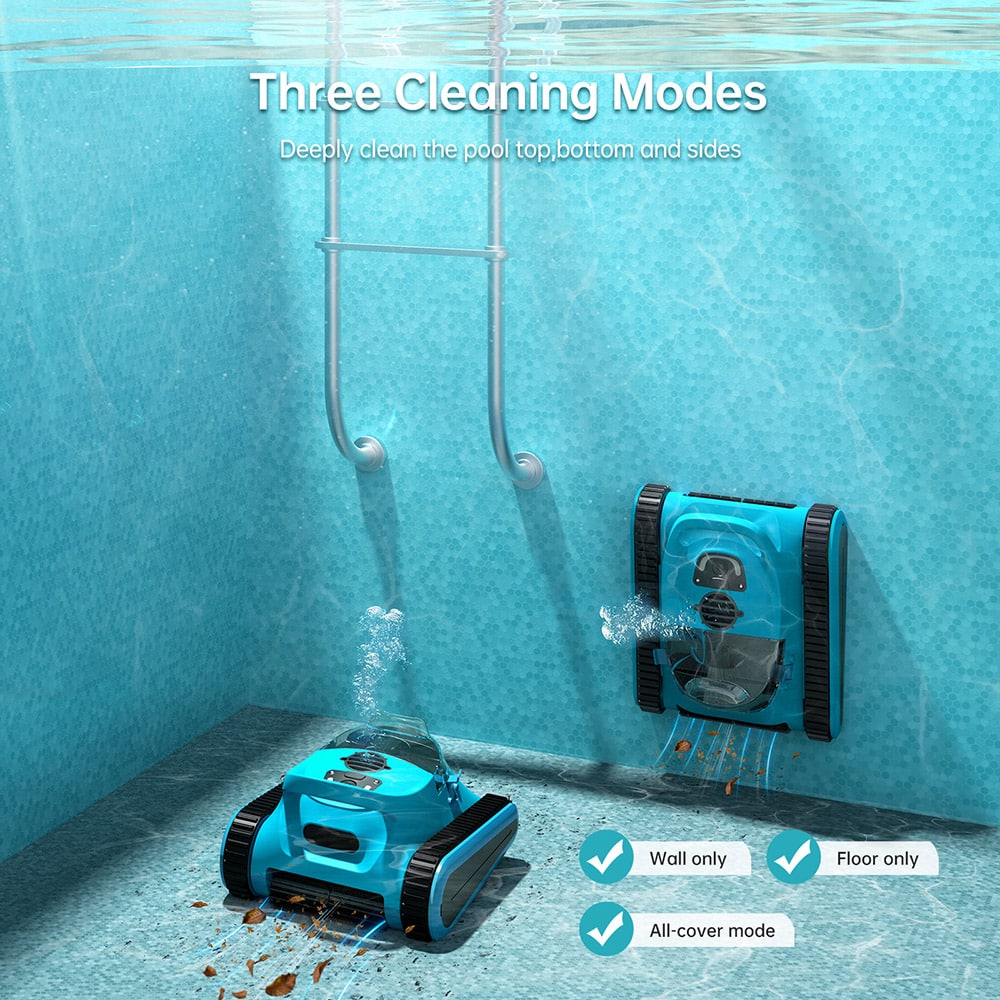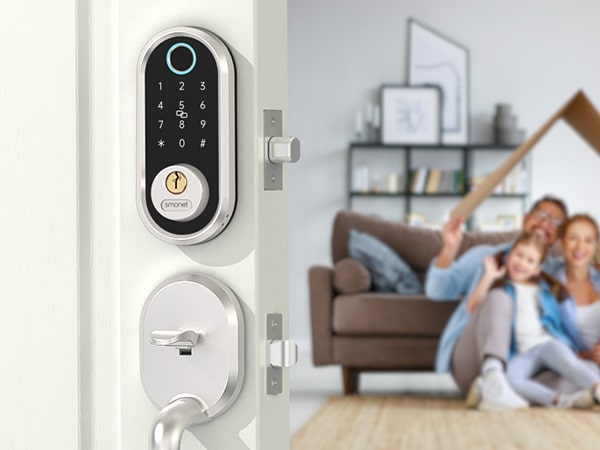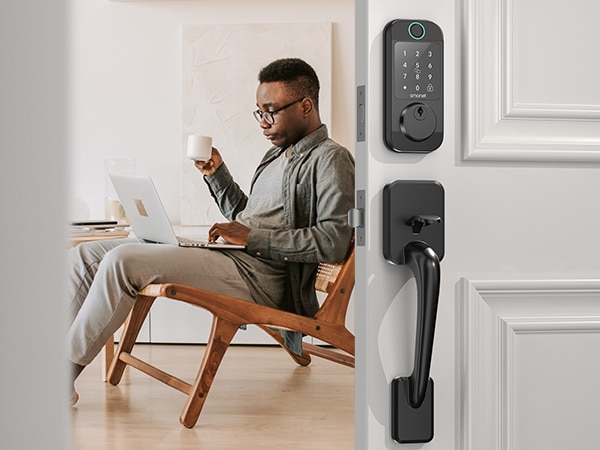Does Extreme Cold Temperature Deplete entry door keyless entry Batteries Faster?
Smart door locks have become a cornerstone of modern security infrastructure with their technologically advanced features. They offer a multitude of conveniences over traditional locking systems. Despite this, one question frequently arises – Is the battery life of entry door keyless entry compromised in extremely cold temperatures? Let’s uncover the truth about this matter:
Understanding Battery Performance in Cold Conditions
To fully address this question, we need to delve into the impact of cold temperatures on battery performance in greater detail. Batteries function through a series of chemical reactions that generate electrical energy. When exposed to extremely low temperatures, these chemical reactions occur at a slower rate. This reduction in reaction speed can lead to a noticeable decrease in the battery’s discharge rates, meaning that the energy is released more slowly than under normal conditions.
Moreover, the lower efficiency of these reactions in cold weather means that batteries may not be able to deliver their full power capacity. Consequently, users might find that their batteries deplete more quickly in cold environments compared to milder temperatures. This phenomenon often results in batteries running out of power sooner than expected, leading to potential inconvenience in situations where reliable energy sources are crucial, such as during outdoor activities or in colder climates. Overall, understanding this relationship helps users manage their expectations and battery usage in colder conditions.
Effect of Cold Temperatures on Smart Door Lock Batteries
The performance of electronic keyless door locks can be significantly influenced by low temperatures due to the inherent chemistry of their batteries. When temperatures drop, the chemical reactions within the battery slow down, causing it to deplete more rapidly than usual. This accelerated drainage can lead to a notably shorter overall lifespan for the battery. As a consequence, users may find that their smart door locks become inoperative in cold conditions, requiring battery replacement more frequently than expected. It is essential for users to be aware of this potential issue, particularly in regions that experience harsh winters, to ensure the reliable functioning of their keyless entry systems. Regular battery checks and having replacement batteries on hand can help mitigate inconvenience during colder months.
However, it’s important to note that keyless exterior door lock are often installed on the inner side of the door. This placement offers some protection against the harsh outdoor temperatures, ensuring that they are mostly exposed to indoor temperatures, even in winter.
Mitigating Cold Temperature Impact
There are strategies to mitigate the impact of cold temperatures on keyless entry home door lock batteries. One way is to use lithium batteries instead of alkaline ones in cold climates as they tend to perform better in low temperatures. Another is to replace the batteries just before the onset of extreme cold seasons to ensure maximum power availability.
entry door keyless entry for low-temperature environments
Designed for cold temperatures, the Keyless Entry System ensures that you never have to worry about locks or keys freezing. Whether you’re dealing with winter weather or extreme cold, the system makes it easy to unlock your door with just a passcode, smartphone app or smartwatch. The system is designed to withstand harsh conditions, so you can easily enter your home no matter what the weather is like outside. To learn more you can click: Securing Cold Climates: Tips for Selecting a Keyless Entrance Door Locks Suitable for Low-Temperature Areas
In summary, while extreme cold can indeed hasten the depletion of a smart door lock’s batteries, homeowners can take measures to minimize these effects. Keep an eye on the door lock’s battery level indicator during cold months and consider using lithium batteries or replacing the batteries before the cold season. Remember, it’s always essential to consult your smart lock’s user manual for specific battery care instructions and recommendations for your device.
Prime Day OFF
Until the End
-
Master Of Cleanliness: Visual Guide To Recognizing And Understanding Your Electric Pool Cleaners
-
Making the Right Choice for A Best Keypad Door Lock: A Guide Based on Material Consideration
-
The 7 Most Common Types of Locks for Home and Office Security
-
Door Knob With Fingerprint Identification- The Future Of Home Security
-
Selecting the Ideal Digital Door Lock Style and Color for Your Abode
-
Evolution Of Security- Smart Door Key Lock
-
Mailbox Digital Lock- Reinventing Mail Security In The Digital Age
-
Exploring Alternative Unlocking Solutions - Smart Lock Fingerprint Cards and Wristbands
-
Touch Id Door Locks- Next-Generation Security At Your Fingertips
-
Smonet Home Door Lock- The Future Of Home Security

